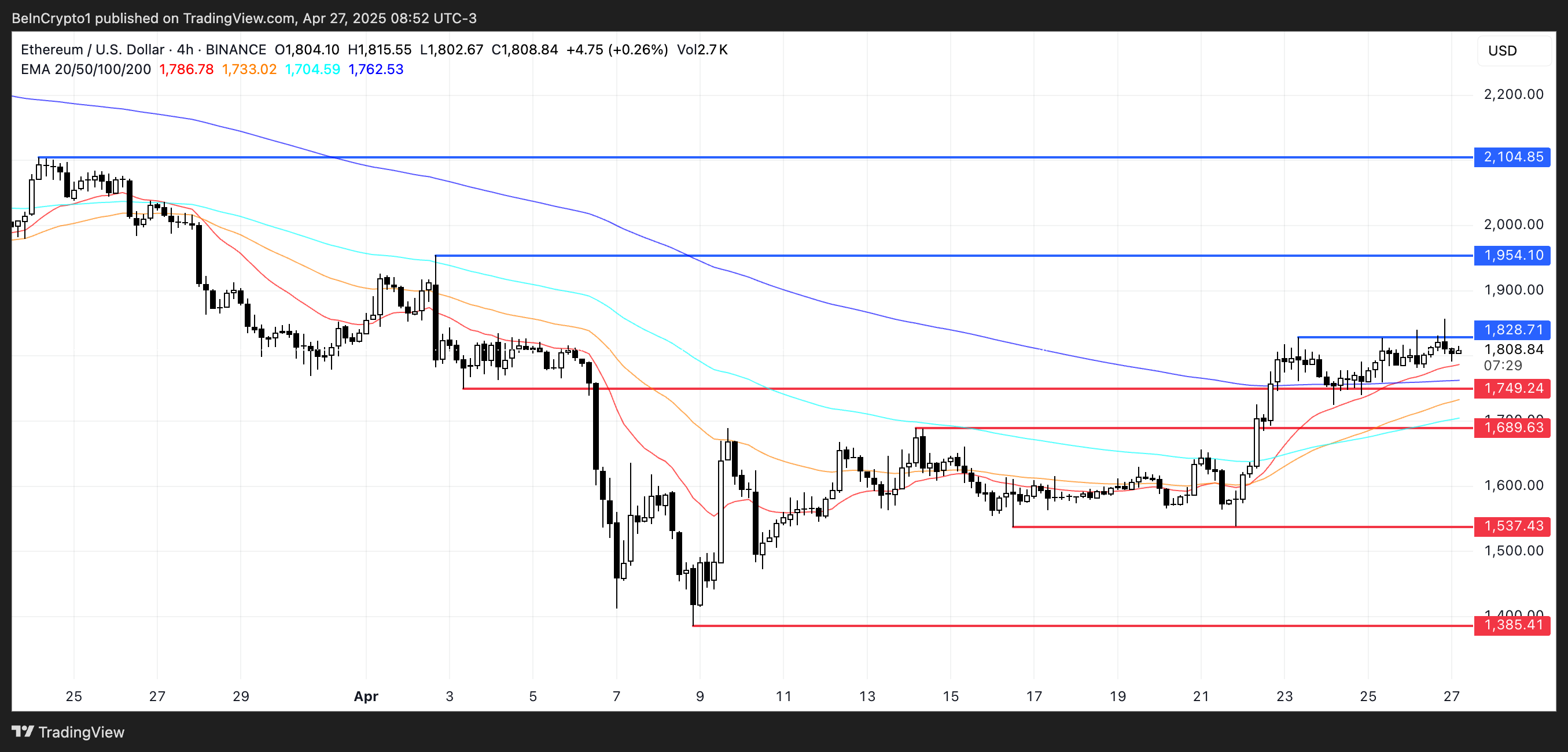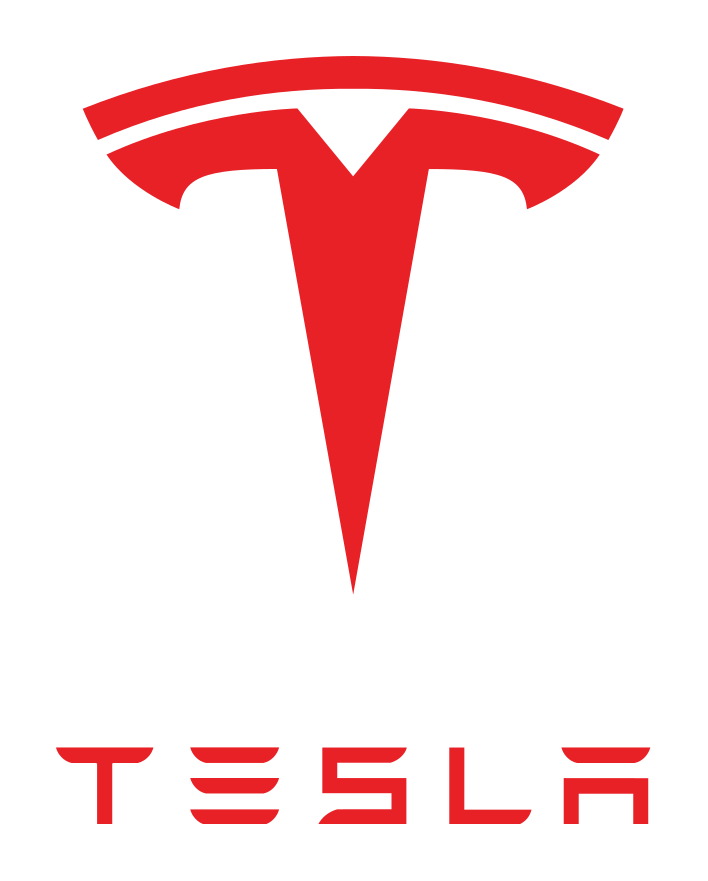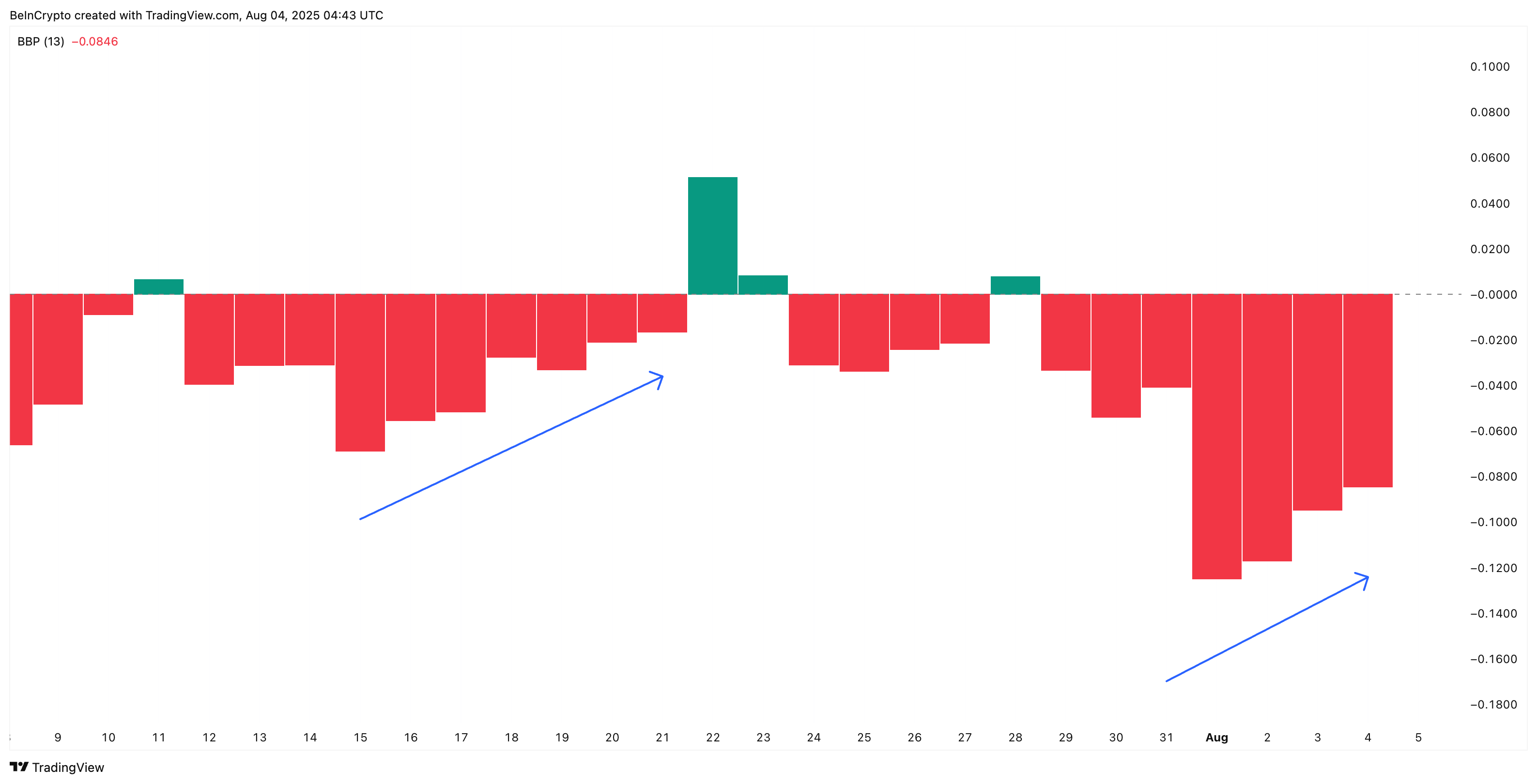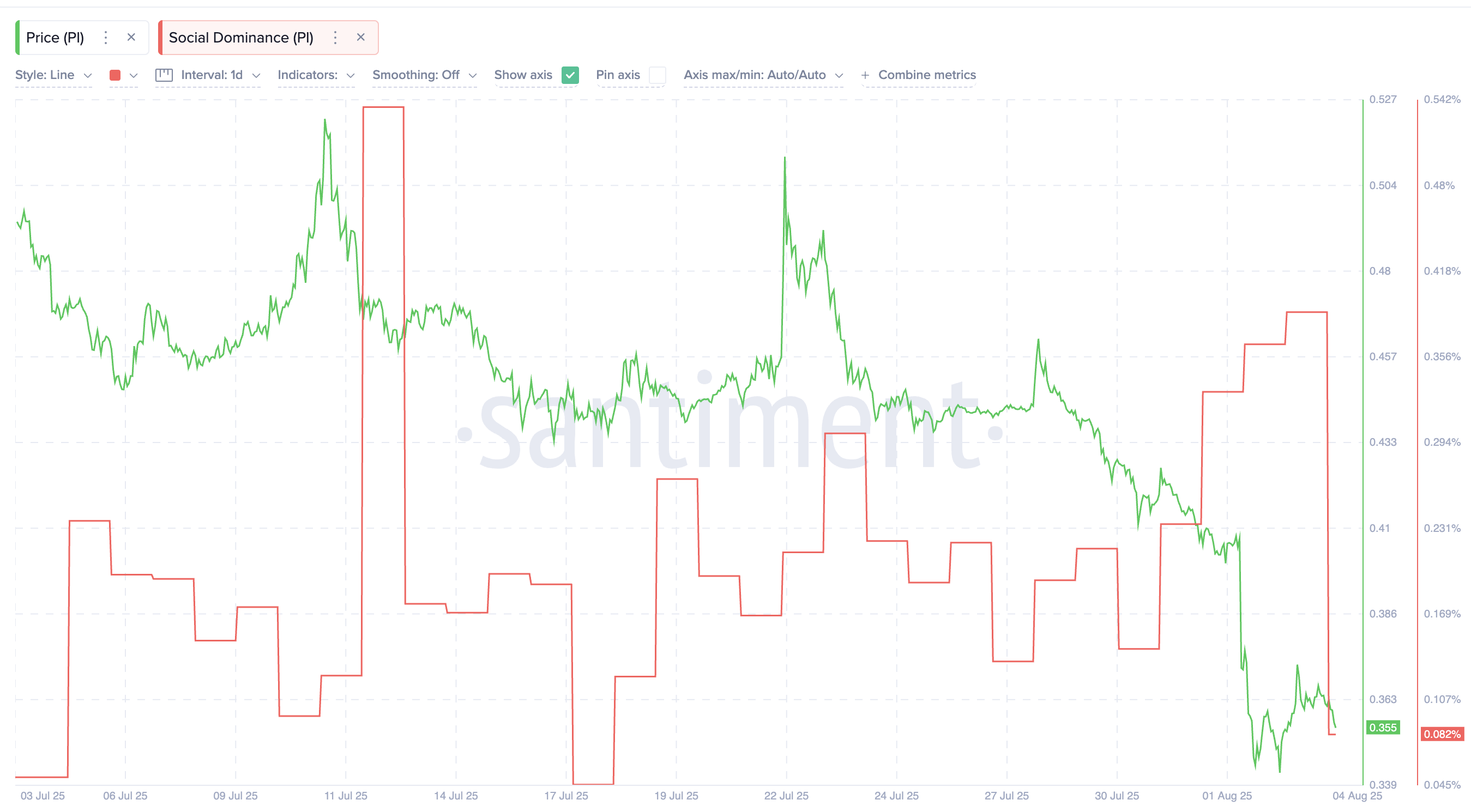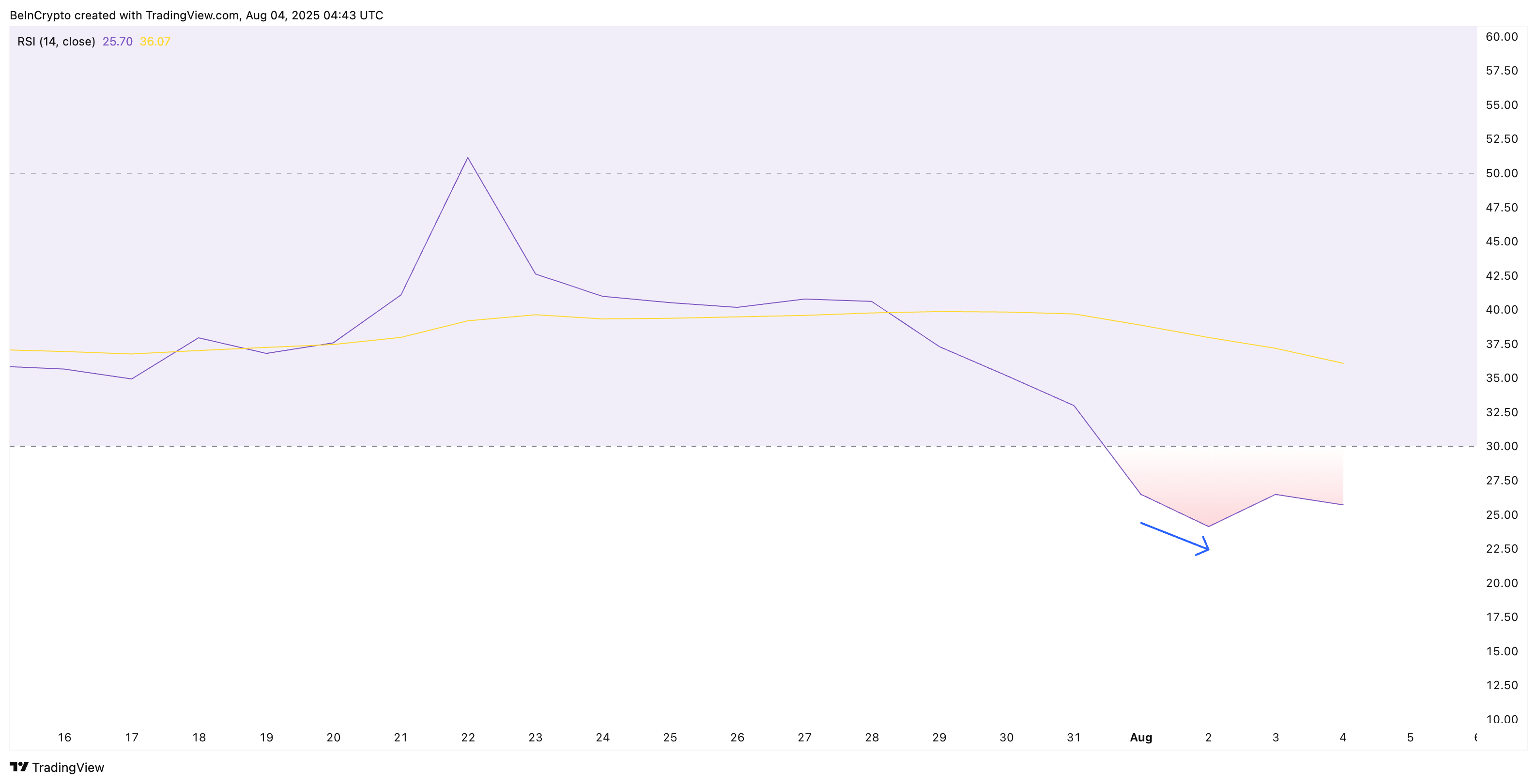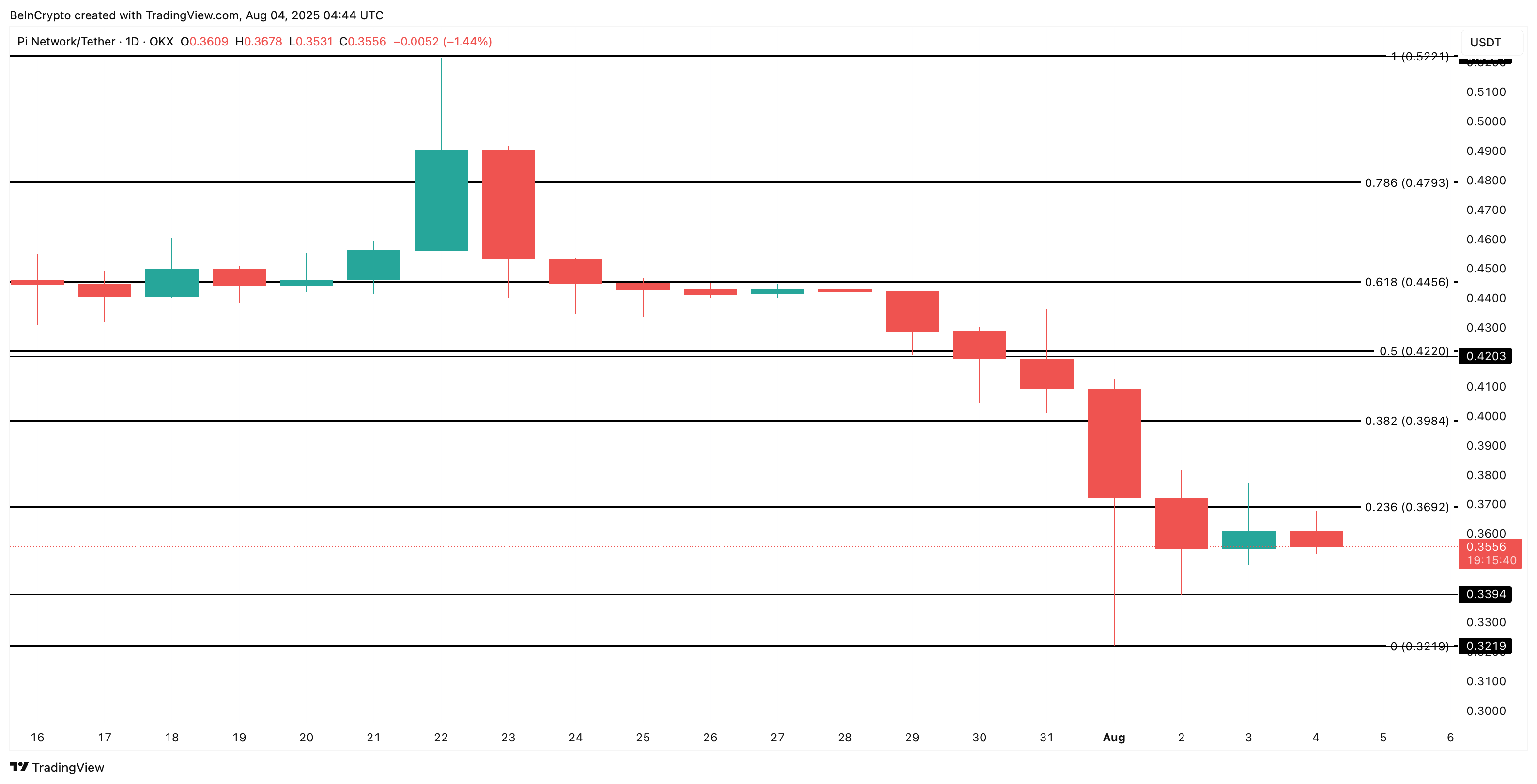DeFi Development announced a new $100 million private convertible note offering, aiming to execute MicroStrategy’s acquisition plan with Solana.
However, this ambitious plan may face a setback, as its stock price fell over 9% after announcing the sale. Solana’s own performance has been wobbly, and this effort may reflect the crypto market’s own appetites.
Can DeFi Development Buy Enough Solana?
Since MicroStrategy kicked off the trend, companies around the globe have been building Bitcoin stockpiles. This phenomenon might have profound implications for BTC, but it’s mostly stayed isolated to this asset.
However, DeFi Development is forging a new path, committing to Solana as its asset of choice:
According to this plan, DeFi Development aims to raise $100 million to purchase more Solana. If the offering goes well, it may upsize to $125 million, with the convertible senior notes due in 2030.
Additionally, an undisclosed portion of the proceeds will go to stock buybacks as part of a prepaid forward to manage portfolio risk. This indicates a well-considered strategy.
Previously, the company was a commercial real estate firm named Janover. However, it rebranded to DeFi Development this April, intending to fully commit to SOL.
The SEC rejected its initial plan to raise $1 billion through securities sales for Solana purchases, but it accessed alternate funding sources to begin acquiring assets.
As it stands, the plan currently has significant advantages and drawbacks. Unfortunately, DeFi Development will need to contend with Solana’s recent price woes.
Although SOL had some positive momentum in late May, it saw setbacks throughout June and faces bearish market trends in July. Today, the asset’s price has already fallen 6%.
However, DeFi Development might have a key influence over Solana. While most corporate Bitcoin holders are following MicroStrategy, this firm could be a market mover for SOL.
Saylor’s company is a pillar of confidence in BTC, with its constant purchases helping the price stay afloat. DeFi Development’s own investments could carry out the same function.
Still, there’s a lot of uncertainty involved. For one thing, if the firm wants to buy $100 million worth of SOL, it will need to sell an equivalent amount of stock. DeFi Development might not find sufficient institutional interest, considering the Solana market.
Since declaring the note offering, DeFi Development’s stock fell over 9% in after-hours trading. The downturn began less than 30 minutes after the firm’s social media announcement, which may be a bad sign.
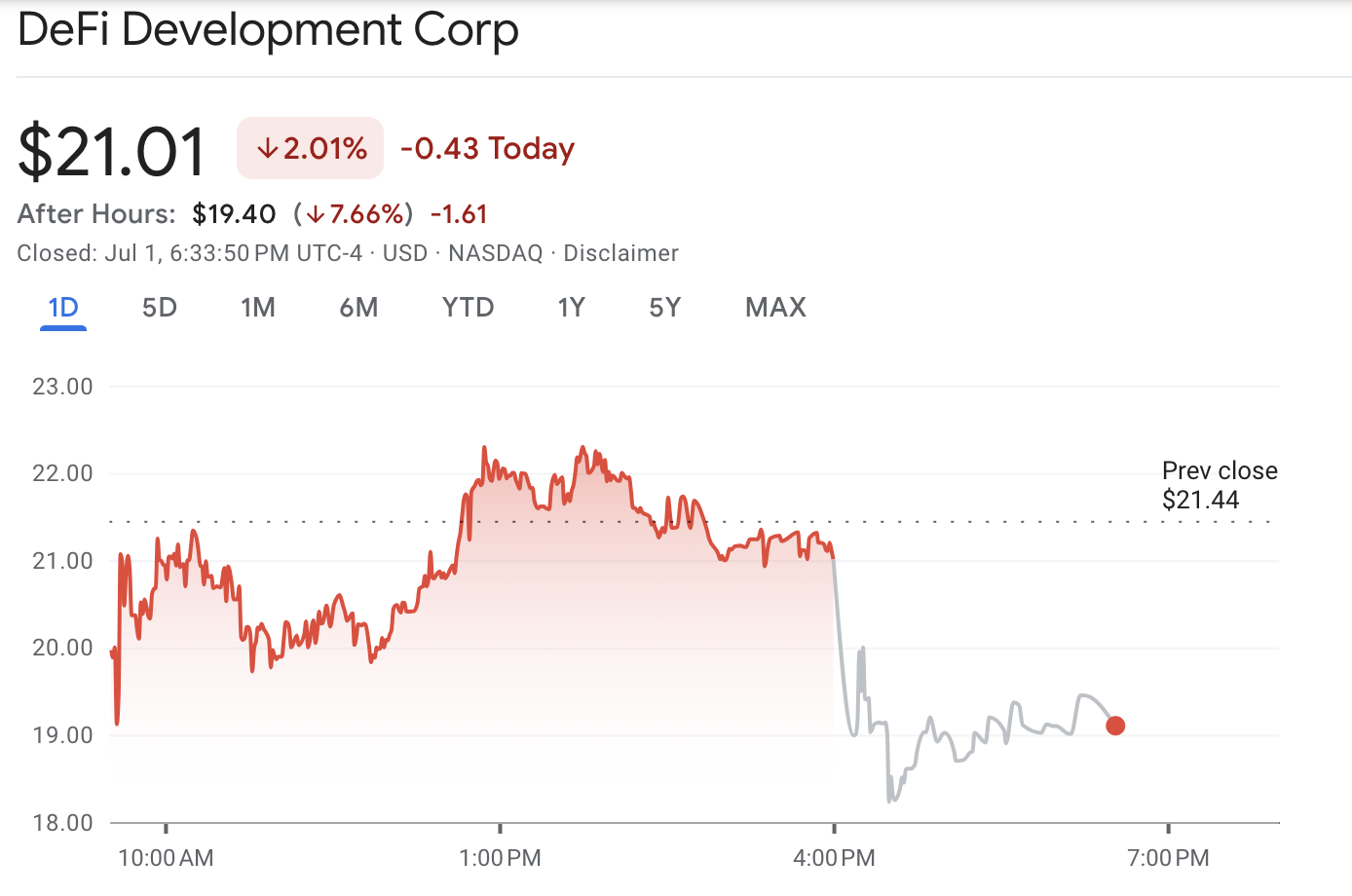
Whether the company succeeds or fails, this stock offering will provide useful data about market appetites and the viability of corporate crypto acquisition strategies.
The post ‘Solana’s MicroStrategy’ Announces $100 Million Stock Offering for SOL Purchases appeared first on BeInCrypto.







